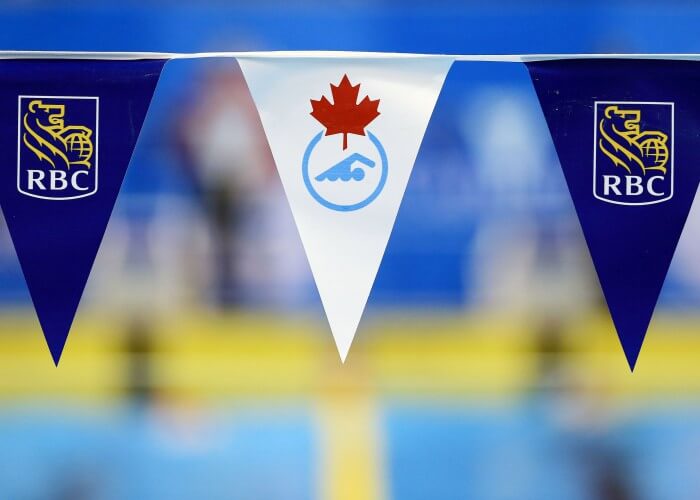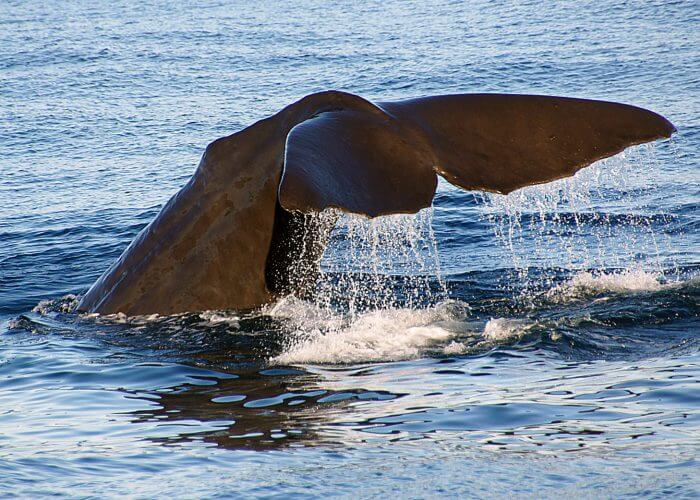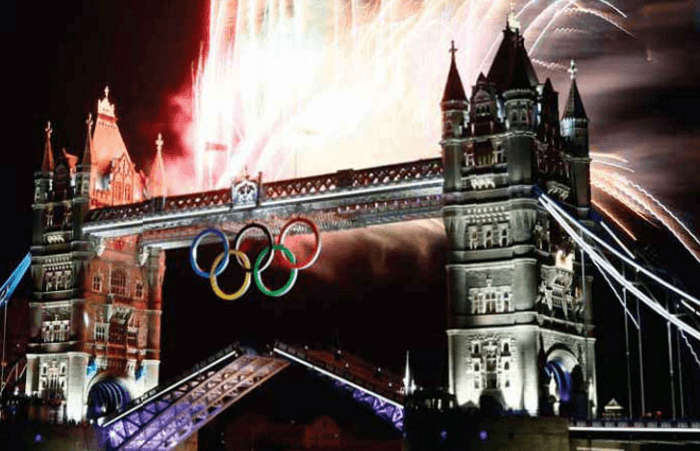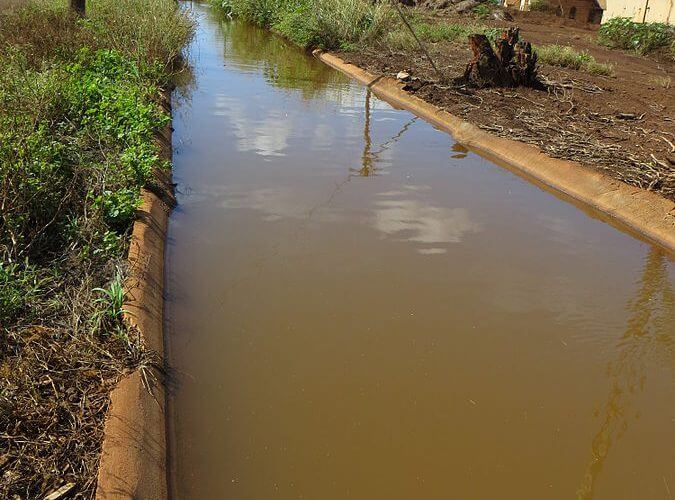5 Books Every Swimmer Should Read

By Katie Wingert, Swimming World College Intern.
Books are not always swimmers’ first choice for rest and relaxation. After a long, hard practice, curling up with a book is often not as appealing as taking yet another nap.
But, with intentionality and determination, reading can become an extension of any swimmer’s training and lifestyle. In fact, great books can inspire swimmers to continue to pursue enjoyment as well as excellence in their sport.
Here are five books, from a variety of perspectives and genres, which can inspire swimmers to keep loving swimming and plunge into reading:
1. Swimming Studies by Leanne Shapton (2012)

Photo Courtesy: Vaughn Ridley/Swimming Canada
Who should read it: Artistic dreamer types.
What to call it: Literary, personal non-fiction.
This sensory, insightful book draws the reader in with its powers of description. Shapton, a Canadian who made it to Olympic Trials but narrowly missed the Olympic cut, packs detail into her work that might seem overwhelming upon examining the sheer quantity of superficial detail, but Shapton manages to piece together each detail with an overwhelming beauty that suggests they might be material manifestations of her larger philosophical contemplations. Shapton considers her childhood experiences with swimming, her breaks from swimming, and her rediscovery of the sport as an adult, among many other themes. However, Shapton’s wry moments of realistic insight into the psyche of young swimmers, along with her small nuggets of wisdom imparted through her narration of athletic discipline, manage to keep her work relatable. Readers will finish this book with a newfound desire to explore swimming as an artistic way of life.
2. Whale Talk by Chris Crutcher (2009)

Photo Courtesy: Flickr
Who should read it: Fans of the underdog.
What to call it: Sports fiction.
This sports drama charts out the coming of age of a former child phenom, T.J., as he and his favorite English teacher join efforts to start a swim team at their high school, which has no pool. T.J. becomes determined to help the school’s misfits earn varsity letter jackets. Make no mistake; this book is no breezy read. Crutcher wades into the harsh realities of racial prejudice, abuse, violence, and anger, in keeping with his young adult market. However, for the swimming audience, Crutcher has authoritative perspective on sport-specific themes. His protagonist seizes the opportunity of a second chance as a competitor to redeem the lives of others by including them in his success; his team of misfits find unlikely, often humorous community with one another during long bus rides; and his underdogs eventually persevere in achieving their goal, despite having to practice in a gym pool that is too small and dirty for a team. Readers young and old who have faced inner demons and seemingly insurmountable obstacles in life will find much to glean from this book.
3. The Joy of Swimming by Lisa Congdon (2016)

Photo Courtesy: Amber Gregory
Who should read it: Those who love the aesthetic of swimming.
What to call it: Artistic, inspirational non-fiction, structured in vignettes.
This jam-packed paperback, as beautiful as it is informative, deserves a spot on every swimming lover’s coffee table. Congdon’s wild water colors splash across cheery illustrated spreads accentuated by hand-detailed literary quotes about water. Historical timelines span across other pages, precise in dating and wide in scope. Cultural anecdotes tuck into other sections, for curious readers who wonder what pool etiquette is like in Iceland, France, or Japan. Perhaps most significantly, Congdon portrays inspiring true stories of swimmers who have overcome life’s obstacles, including addiction, loss, and chronic illness, thanks to the title element: the joy of swimming. One can’t help but feel revitalized after being immersed in Lisa Congdon’s Joy.
4. East London Swimmers by Madeleine Waller (2014)

Photo Courtesy: Swimming World Magazine
Who should read it: People watchers and photographers.
What to call it: Photographic non-fiction.
Structured in a similar way to the Humans of New York photojournalism series, this small hardcover allows the reader to draw conclusions for his or her own self. Each photograph features a fully-clothed individual with a minimalist four lines of information below his or her image. Upon flipping the page, the same individual appears in another photograph, in the same setting, but this time is depicted in a swim suit and complemented with a quotation about his or her love of swimming. Waller leaves the reader to ponder the photographs and draw his or her own conclusions. The further appeal of this dove-colored tome is its scarcity; it is produced by an offbeat British publisher whose books are only available stateside in the nooks of the internet and the crannies of hipster bookstores. Readers will leave with a new awareness of the value and beauty of individuals’ journeys to becoming swimmers.
5. The Three-Year Swim Club: The Untold Story of Maui’s Sugar Ditch Kids and Their Quest for Olympic Glory by Julie Checkoway (2015)

Photo Courtesy: Joel Bradshaw
Who should read it: History buffs and readers who liked The Boys in the Boat.
What to call it: Dramatic, researched non-fiction.
Checkoway takes on an incredible story of overcoming obstacles and defying the odds. Perfect for coaches, swimmers, and sports fans alike, this account details how several kids growing up on a sugar plantation in Maui became incredible swimmers. A schoolteacher (who can barely swim himself) recasts himself in the role of coach and encourages his swimmers to train for greatness in the closest bodies of water they can use for makeshift swimming pools: dirty irrigation ditches. The book has an immense scope. It considers the effects of systemic poverty, discrimination against and mistreatment of Japanese-Americans living in the United States before and during World War II, the combat of World War II itself, and the Olympics of 1948 that followed. This immense work is not for the faint of heart. It is at times dense with detail and background information, but ultimately, the poignant story arc trumps any brief moments of information overload. Upon pondering the lives of the Three-Year Swim Club members, reader-swimmers will realize that personal obstacles do not have to be intimidating.
All commentaries are the opinion of the author and do not necessarily reflect the views of Swimming World Magazine nor its staff.




Swim: Why We Love the Water by Lynn Sherr is a must-read!
I recommend Find A Way by Diana Nyad.
Plus “The Golden Rules” by Bob Bowman.
plus Lynne Cox’s – Swimming to Antarctica
I second your suggestion. Thoroughly enjoyed this book.
Ditto – an excellent read.
Isabella Cesareo
Also “Four Champions, One Gold Medal” by Chuck Warner.
James Nestor’s Deep: Freediving, Renegade Science, and What the Ocean Tell Us About Ourselves
Lauren Logan
https://www.swimmingworldmagazine.com/news/six-days-to-swim-jeff-farrell-relives-1960-emergency-appendectomy-olympic-trials-experience-in-his-own-words-part-2/
Both parts of this story are very inspiring
“Swimming Anatomy” by Ian Mcleod
Mia Carlend Castella
Jenny Moisan
The Science of Swimming ?
Zelda Hauptfleisch
“Splash” by Laurel Blossom